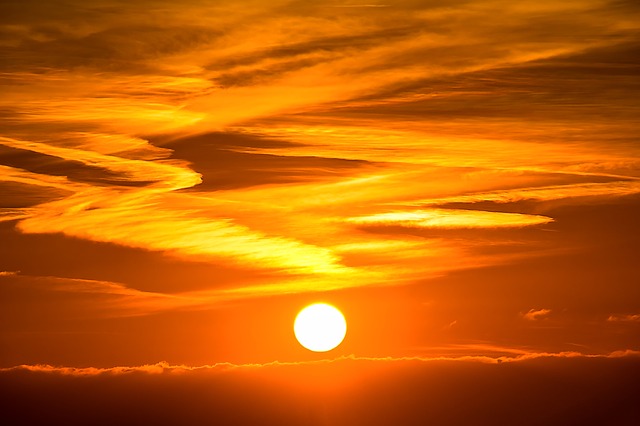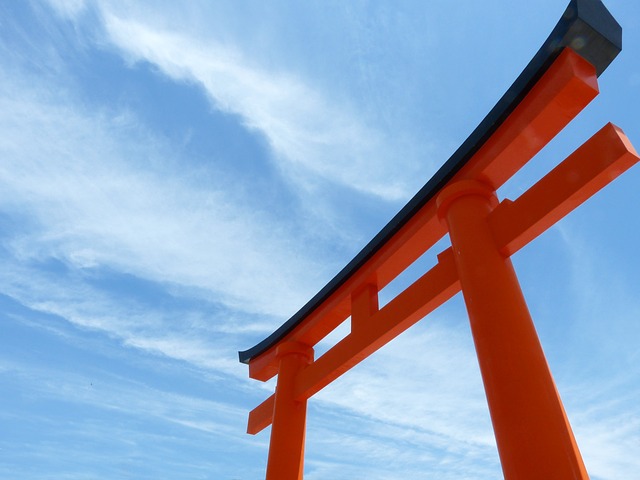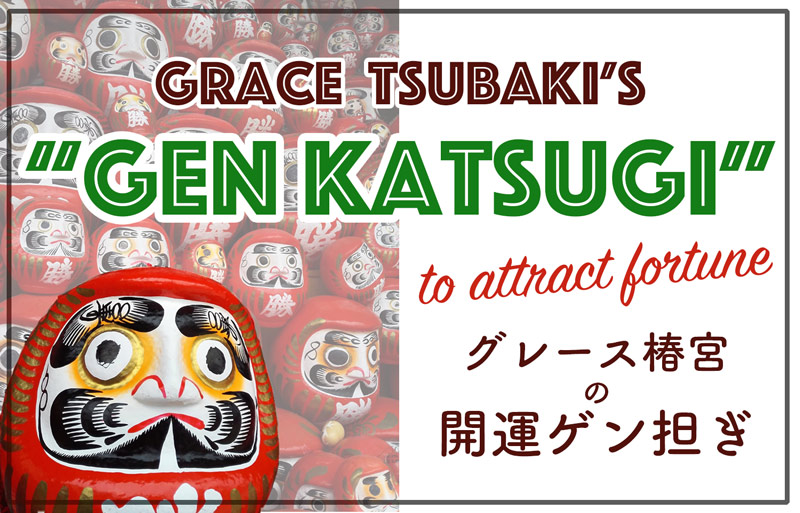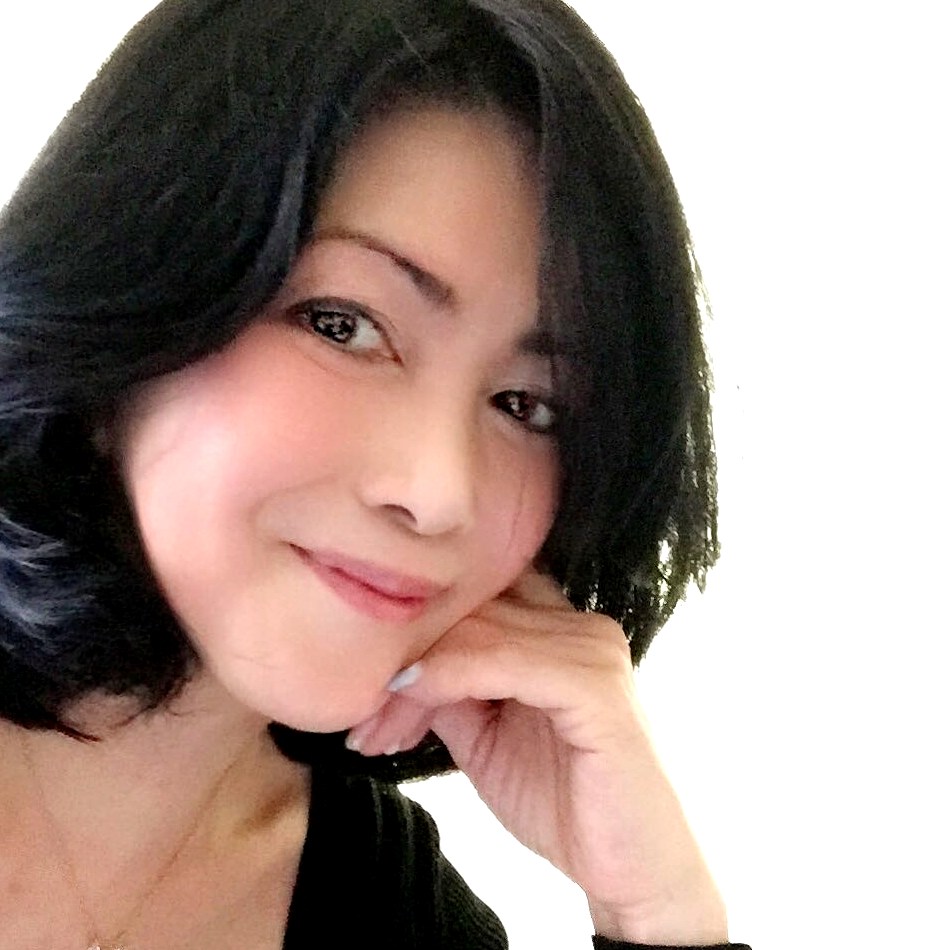Welcome to Grace Tsubaki’s gen katsugi!
How was your summer vacation? Japan has a very hot and humid summer. Now, in September, Japan will start the fall season with higan. This time, let’s talk about “higan” and gen katsugi.
When is “Higan”?
Higan takes place twice a year in spring and fall. In spring, the Equinox day in March is the middle day of it, and in autumn, the Equinox day in September will be the middle day and together with three days before and after the middle day, higan is seven days long.
Since the dates for the following year are determined by the Equinox Day and the Equinox Day following the announcement of the National Astronomical Observatory, the date changes every year, unlike the “obon”.
What does “Higan” mean?

There are two days in the year when the sun rises from the due east and sets to the due west, and these days are Spring Equinox and Autumn Equinox days. That is why the higan period is determined by the National Astronomical Observatory’s announcement.
With the influence of Buddhism, the due east where the sun rises is called “shigan” and the due west where the sun sets is called “higan” and in the “higan”, there is believed to be the Land of Happiness. In order to get there, one must cross the Styx.
It has been a long tradition to make prayers towards “higan” where the budda rests from higan where we live.
What Do You Do in Higan?

During the higan period, many temples in Japan holds memorial services where monks preach sermons. Spring and autumn equinoxes are the time where shigan and higan come closest to each other therefore it is believed it is the easiest time to connect with ancestors. It led to the tradition to visit the graves of ancestors during this period. There aren’t many examples like this in other Buddhist countries.
But you just had obon, you may think. But that may be proof of the respect and appreciation for nature and ancestors in Japanese life.
Not Having Celebrations During Higan?
There is a saying that you shouldn’t have celebrations during higan like obon. However, there is nothing bad about it.
Having said, it may be wise to postpone celebrations in appreciation for the tradition.
Respect and appreciation are the key elements for gen katsugi and that’s you want to keep in mind always.
Gen Katsugi with Botamochi and Ohagi

Must-haves for higan are botamochi and ohagi.
They are both types of sweets with azuki beans wrapped with rice cake (mochi). Back in the days, sugar was so precious that they could only afford it in special events like higan.
They are essentially the same thing but called different ways. How did it become this way?
It has to do with seasons. Botamochi is for the spring and it’s got the name from peony (botan) from its resemblance to the flower.
On the other hand, ohagi is for the fall and it’s got the name from bush clover (hagi).
Azuki beans used both in botamochi and ohagi have the color red which is believed to ward off evils. That’s why they are served during higan.
Red symbolizes the blood, life, and sun and by combining it with mochi which represents a huge harvest. That is why they are served during higan in order to wish for good luck.
Red, Japan, and Gen Katsugi

At many Japanese shrines, you can find red guard frames. The color is used for the same reason as Azuki beans are used which is to fend off evils. It also represents the boundary of the world we live in and the world of gods. The Japanese flag also has a red circle showing its deep connection to the Japanese culture.
In the past, there has been some kind of boom to wear red underwear in order to improve health. It is a type of gen katsugi to warm your body, fend off bad luck or boost one’s confidence.
In addition, the classic “Chanchanko” (a vest) given to people who turn 60 years old is red. This red carries two meanings. One is the red that returns to “baby” which shares the same phonetics as the word red, at the age of 60 because one completes one life circle in 60 years and begins its second round. The other is red for exorcism. We congratulate them by giving them “Red Chanchanko” with the hope that they can spend a healthy life with no sickness.
The red can symbolize different meanings but they all share one thing in common which is vitalize your life and bring good influence on your environment. Having a bit of red in your life would be a good gen katsugi.
Each Season Has Different Gen Katsugi
In this article, we talked about gen katsugi with higan and the color red. From Buddhism to higan food, and the relationship between Japan and the color red. Hope you enjoyed it. Please take gen katsugi different seasons offer in your life.
See you next time.


